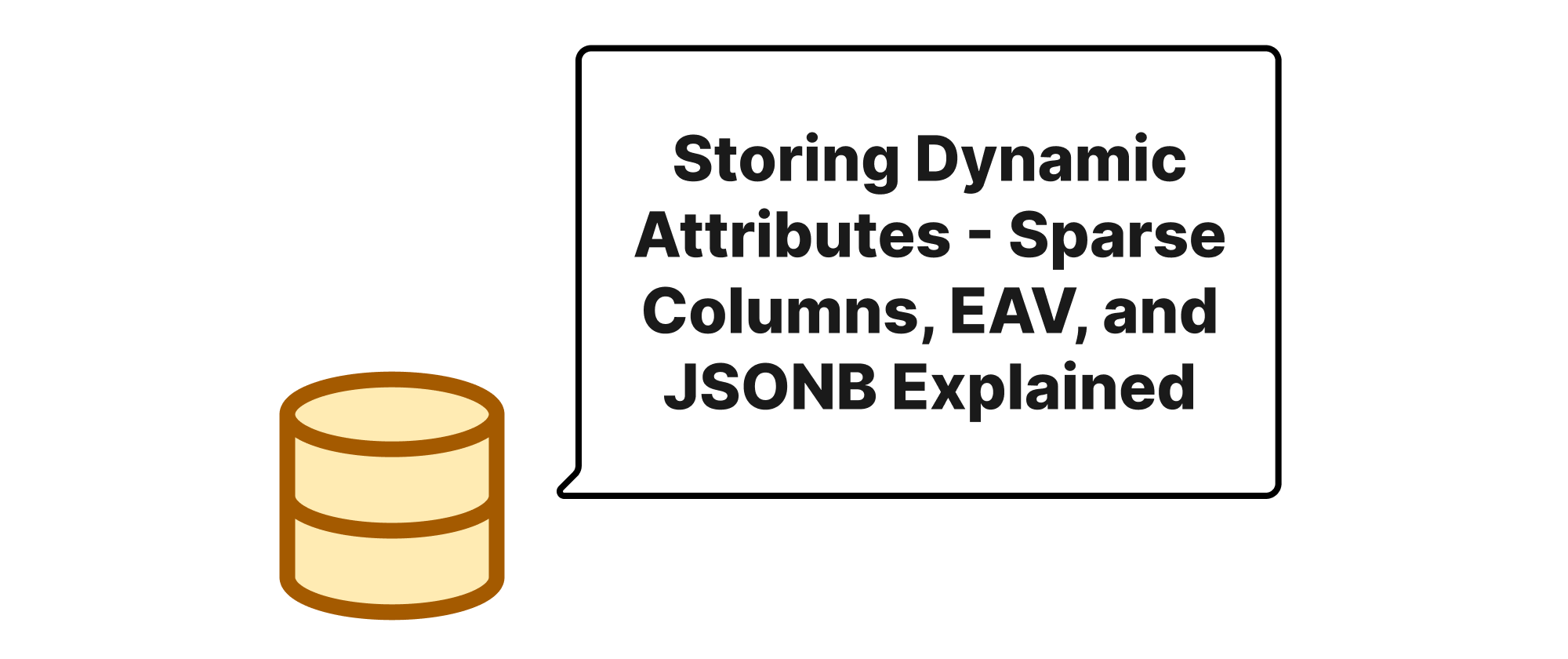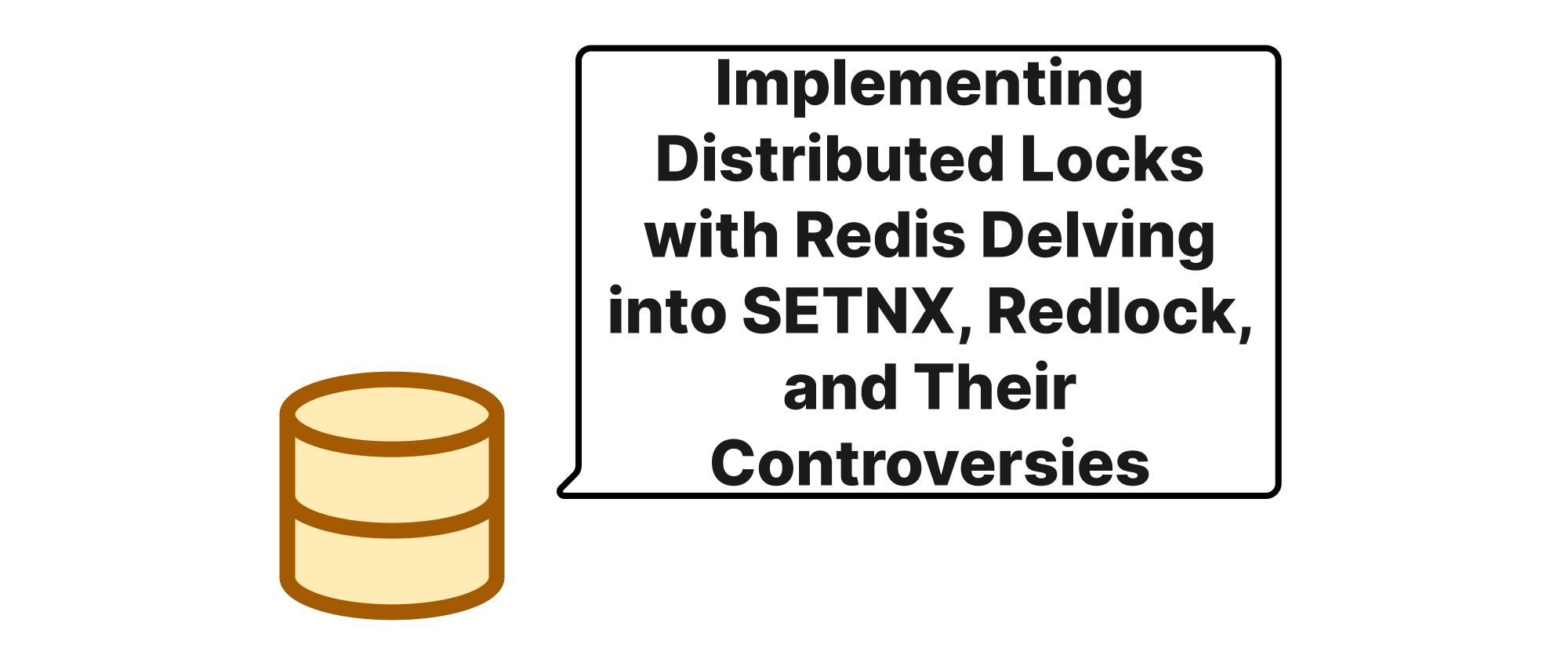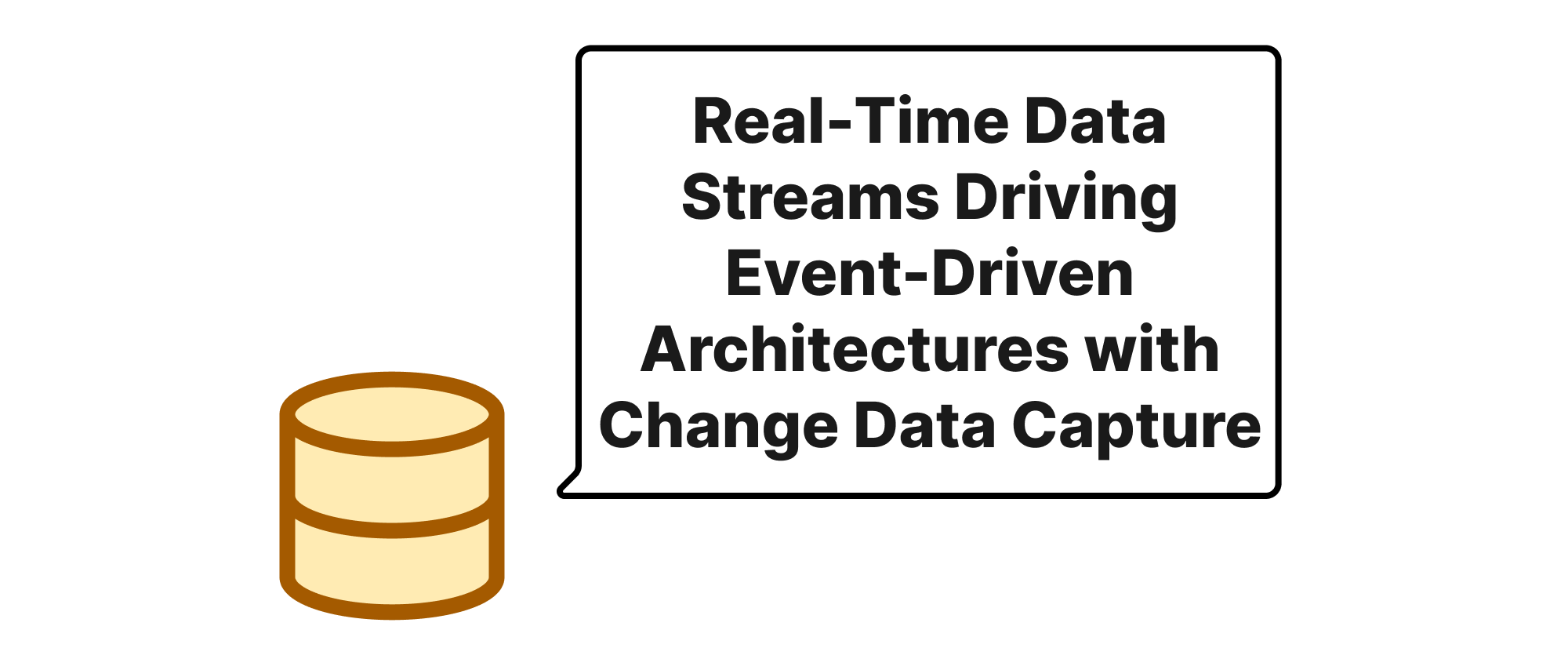Storing Dynamic Attributes - Sparse Columns, EAV, and JSONB Explained
Takashi Yamamoto
Infrastructure Engineer · Leapcell

Introduction
In the ever-evolving landscape of data management, applications often face the challenge of handling data with highly variable and unpredictable attributes. Traditional relational database schemas, with their fixed column structures, can struggle to adapt efficiently to such requirements. Imagine an e-commerce platform where different product categories (e.g., electronics, apparel, books) have a unique set of characteristics, or a user profile system where users can define custom fields. Forcing all possible attributes into a single wide table leads to numerous empty columns and inefficient storage, while creating separate tables for each attribute set can quickly become a schema management nightmare. This article delves into three prominent database design patterns – Sparse Columns, EAV (Entity-Attribute-Value), and JSONB – offering distinct strategies for effectively storing and querying dynamic attributes, each with its own trade-offs and ideal use cases.
Core Concepts for Dynamic Attribute Management
Before dissecting the patterns, let's define some core concepts critical to understanding dynamic attribute storage:
- Fixed Schema: A database design where tables have a predefined, static set of columns. This is the traditional relational model.
- Dynamic Attributes: Properties of an entity that are not known upfront or vary significantly between entities of the same type.
- Data Sparsity: A situation where a significant portion of the data in a table consists of
NULLvalues, often indicative of many columns being unused for specific rows. - Flexibility: The ease with which new attributes can be added or existing ones modified without requiring schema changes.
- Query Performance: The speed and efficiency of retrieving and filtering data based on dynamic attributes.
- Storage Efficiency: How effectively disk space is utilized to store the data, minimizing waste.
Design Patterns for Dynamic Attributes
1. Sparse Columns: Leveraging Column Sets
Sparse columns are a feature primarily found in SQL Server, designed to store NULL values without consuming physical storage space. When combined with a COLUMN_SET (an untyped XML representation of all sparse columns in a table), they offer a way to manage varying column sets within a single, wide table.
Principle: Instead of explicitly storing NULL values, sparse columns store metadata indicating the absence of a value. When a value is present, it's stored normally. A COLUMN_SET allows applications to read and write all sparse column values for a row as a single XML document.
Implementation (SQL Server):
CREATE TABLE Products ( ProductID INT PRIMARY KEY, ProductName VARCHAR(255), -- Common attributes Price DECIMAL(10, 2), -- Sparse columns for dynamic attributes ScreenSizeInches DECIMAL(3, 1) SPARSE NULL, -- For electronics ProcessorType VARCHAR(50) SPARSE NULL, -- For electronics Material VARCHAR(50) SPARSE NULL, -- For apparel Author VARCHAR(100) SPARSE NULL, -- For books -- A column set for easy access to all sparse columns AllDynamicAttributes XML COLUMN_SET FOR ALL_SPARSE_COLUMNS ); -- Inserting an electronic product INSERT INTO Products (ProductID, ProductName, Price, ScreenSizeInches, ProcessorType) VALUES (1, 'Laptop X', 1200.00, 15.6, 'Intel i7'); -- Inserting an apparel product INSERT INTO Products (ProductID, ProductName, Price, Material) VALUES (2, 'T-Shirt', 25.00, 'Cotton'); -- Querying the column set for a product SELECT ProductID, ProductName, AllDynamicAttributes FROM Products WHERE ProductID = 1;
Application Scenarios:
- When a significant number of columns are applicable only to a subset of rows (data sparsity > 20-40%).
- Fixed, known attributes constitute the majority of the data.
- The set of potential dynamic attributes is relatively stable and can be defined at schema creation.
- Primary usage within SQL Server environments.
Advantages:
- Schema Simplicity: All attributes are in one table, simplifying JOINs.
- Type Safety: Each sparse column retains its defined data type.
- Performance: Can be performant for queries on core attributes and specific sparse columns, as indexes can be created directly on them.
- Storage Optimization:
NULLvalues consume no space.
Disadvantages:
- Vendor Lock-in: Primarily a SQL Server feature.
- Schema Evolution: Adding new dynamic attributes still requires
ALTER TABLE. - Scalability: A table with hundreds or thousands of sparse columns can become unwieldy, hitting column limits.
COLUMN_SETOverhead: Reading/writing theCOLUMN_SETinvolves XML parsing.
2. EAV (Entity-Attribute-Value): The Flexible Trio
EAV, also known as "open schema" or "vertical table" design, uses three columns to store dynamic attributes: an Entity ID, an Attribute Name, and a Value.
Principle: Instead of columns representing attributes, rows represent attribute-value pairs for an entity. Each entity can have an arbitrary number of attribute-value pairs.
Implementation (Generic SQL):
CREATE TABLE Products ( ProductID INT PRIMARY KEY, ProductName VARCHAR(255) -- ... other common attributes ); CREATE TABLE ProductAttributes ( ProductAttributeID INT PRIMARY KEY IDENTITY(1,1), ProductID INT NOT NULL, AttributeName VARCHAR(100) NOT NULL, AttributeValue VARCHAR(MAX) NOT NULL, -- Storing all values as string type FOREIGN KEY (ProductID) REFERENCES Products(ProductID) ); -- Inserting an electronic product's dynamic attributes INSERT INTO ProductAttributes (ProductID, AttributeName, AttributeValue) VALUES (1, 'ScreenSizeInches', '15.6'), (1, 'ProcessorType', 'Intel i7'); -- Inserting an apparel product's dynamic attributes INSERT INTO ProductAttributes (ProductID, AttributeName, AttributeValue) VALUES (2, 'Material', 'Cotton'); -- Querying product with its specific attribute SELECT p.ProductName, pa.AttributeName, pa.AttributeValue FROM Products p JOIN ProductAttributes pa ON p.ProductID = pa.ProductID WHERE p.ProductID = 1; -- To get attributes as columns (pivot-like) - more complex queries SELECT p.ProductName, MAX(CASE WHEN pa.AttributeName = 'ScreenSizeInches' THEN pa.AttributeValue END) AS ScreenSizeInches, MAX(CASE WHEN pa.AttributeName = 'ProcessorType' THEN pa.AttributeValue END) AS ProcessorType, MAX(CASE WHEN pa.AttributeName = 'Material' THEN pa.AttributeValue END) AS Material FROM Products p LEFT JOIN ProductAttributes pa ON p.ProductID = pa.ProductID GROUP BY p.ProductID, p.ProductName;
Application Scenarios:
- Highly dynamic and unpredictable attribute sets.
- The set of attributes frequently changes or grows.
- When reporting needs are often satisfied by key-value lookups rather than complex analytical queries requiring specific column types.
- Schema-less or flexible data models are paramount.
Advantages:
- Maximum Flexibility: No schema changes required for new attributes.
- Scalability: Can handle an almost unlimited number of dynamic attributes per entity.
- Storage Efficiency: Only stores existing attribute-value pairs, no
NULLs.
Disadvantages:
- Complex Queries: Retrieving specific attributes or querying across multiple attributes often requires self-JOINs, pivoting, or complex subqueries, leading to poor performance.
- Lack of Type Safety: All values are typically stored as a generic string type (
VARCHAR(MAX)), requiring application-level conversion and validation. - Data Integrity Challenges: Enforcing data types, constraints, and relationships for dynamic attributes is difficult.
- Performance Overhead: Extensive JOINs and large table scans can severely impact query performance, especially with many attributes or entities.
3. JSONB: Native Document Store within Relational
JSONB (JSON Binary) is a native JSON data type available in PostgreSQL (and similar implementations exist in other databases like MySQL's JSON, SQL Server's JSON, though with varying levels of functionality). It stores JSON data in a decomposed, binary format that allows for efficient indexing and querying of keys and values within the JSON document.
Principle: Instead of separate columns or rows, all dynamic attributes for an entity are stored within a single JSON document in a dedicated column. The database engine then provides functions and operators to interact with this structured data.
Implementation (PostgreSQL):
CREATE TABLE Products ( ProductID INT PRIMARY KEY, ProductName VARCHAR(255), Price DECIMAL(10, 2), DynamicAttributes JSONB ); -- Inserting an electronic product INSERT INTO Products (ProductID, ProductName, Price, DynamicAttributes) VALUES (1, 'Laptop X', 1200.00, '{"ScreenSizeInches": 15.6, "ProcessorType": "Intel i7"}'); -- Inserting an apparel product INSERT INTO Products (ProductID, ProductName, Price, DynamicAttributes) VALUES (2, 'T-Shirt', 25.00, '{"Material": "Cotton", "Size": "M"}'); -- Querying a specific attribute SELECT ProductID, ProductName, DynamicAttributes->>'ScreenSizeInches' AS ScreenSize FROM Products WHERE ProductID = 1; -- Filtering by an attribute SELECT ProductID, ProductName, DynamicAttributes FROM Products WHERE DynamicAttributes->>'Material' = 'Cotton'; -- Creating an index on a specific JSONB path for faster queries (Gin index) CREATE INDEX idx_products_material ON Products USING GIN ((DynamicAttributes->'Material')); -- Updating a specific attribute UPDATE Products SET DynamicAttributes = jsonb_set(DynamicAttributes, '{ScreenSizeInches}', '13.3'::jsonb) WHERE ProductID = 1;
Application Scenarios:
- When attributes are often queried together as a block or partially.
- A good balance between schema flexibility and query performance is desired.
- Integration with applications that naturally work with JSON data.
- When the dynamic attributes have some internal structure (e.g., nested objects or arrays).
- PostgreSQL is the chosen database.
Advantages:
- Schema Flexibility: New attributes can be added or removed without altering the table schema.
- Good Query Performance: JSONB allows for indexing of keys and values, significantly speeding up queries on nested data.
- Single Column: Simplicity of a single column for dynamic data.
- Rich Data Types: JSON supports various data types (strings, numbers, booleans, arrays, objects).
- Semistructured Data: Can store complex, nested data structures.
Disadvantages:
- Database Specific: Features and performance vary highly between different SQL databases. PostgreSQL's JSONB is particularly robust.
- Lack of Native Relational Constraints: Database-level type enforcement and foreign key constraints are not directly applicable to data within JSONB. Validation usually occurs at the application layer or with advanced check constraints.
- Increased Query Complexity: Queries involving JSONB operators can be less intuitive initially than standard SQL.
- Limited Indexing for Arbitrary Keys: While specific keys can be indexed, indexing all possible keys (if an unknown set) is not feasible.
Conclusion
The choice between Sparse Columns, EAV, and JSONB for storing dynamic attributes is not a matter of which is universally "best," but rather which pattern aligns most effectively with your application's requirements, data characteristics, query patterns, and chosen database system. Sparse Columns offer type safety and SQL Server-specific storage benefits for moderately sparse, predefined attributes. EAV provides ultimate flexibility for highly volatile and unpredictable attribute sets, often at a significant cost to query performance and data integrity. JSONB strikes a compelling balance, offering schema flexibility, efficient querying (especially with indexing), and support for semistructured data, making it a powerful solution for modern applications in databases like PostgreSQL. By carefully weighing the trade-offs of flexibility, performance, type safety, and schema complexity, developers can select the most appropriate strategy to efficiently manage their dynamic data.


